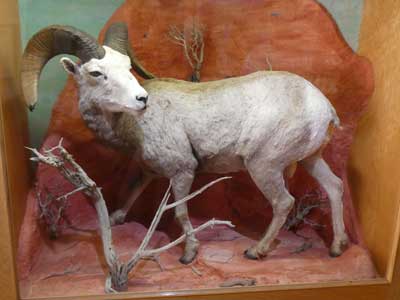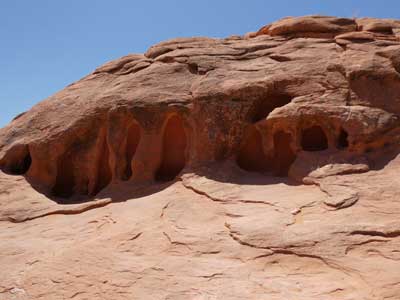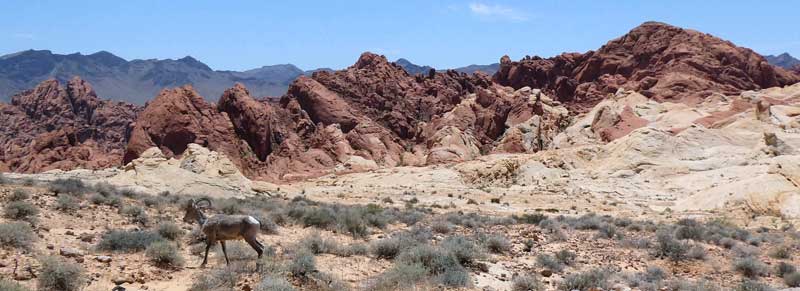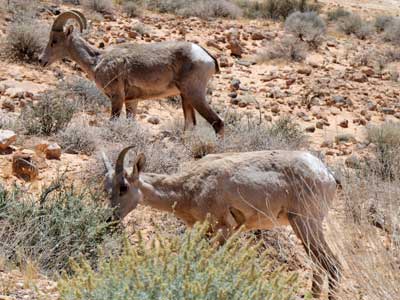VALLEY OF FIRE (Day 2 - part 3)


Local residents, mountain lion ... and badger
From 1541 - 1776, the area saw the arrival of Spanish explorers and padres, but the desert was too difficult for them to cross. From 1824 - 1848, American and Canadian trappers and traders moved south, while Mexican traders opened routes to California. Their horses, traps, guns, trade and slave raids changed life of the Southern Paiutes who lived here.
From 1844 - 1854, it was U.S. military explorers, gold seekers and Mormon settlers. A trail was formed through southern Nevada as a mail route, and people began to learn that some desert places could be made into farms. The Nuwuvi learned to hide from these newcomers, making the land unfortunately look empty. With the 1850s began larger waves of settlers, farmers, ranchers and miners.
In 1873, the Southern Paiutes were confined to a 1,000 acre reservation, a mere fraction of their ancestral lands. They could no longer hunt. Eventually they learned to farm and sold their baskets to tourists. In 1982, more acres were added but Valley of Fire was not included.


The railroad arrived in 1905, and in 1914 the Arrowhead Trail opened.


This area was originally included in land set aside by the federal government for the Boulder Dam Project (Hover Dam). Fortunately Nevada was able to secure it as one of its first four state parks in 1935.




Life under the ancient sea


Most of the rocks here... whether white, grey, brown or red ... are sedimentary, formed by ancient seas and beaches. This sand, mud, silt or lime slowly turned to stone. Plant and animal remains are often included. ... Iron oxides give the sandstone here its vibrant red color.


Fossilized wood ... Desert varnish occurs when iron and manganese in the rock interact with water and living organisms such as algae or fungi.


Bighorn sheep ... coyotes
We briefly walked around outside the Visitor Center.








A house sparrow
The house sparrow originated in the Middle East and spread to most of Eurasia and parts of North Africa. They were introduced in New York in 1851 as a means of controlling caterpillar populations to protect the city's trees from linden moths. Within 50 years, it spread across the entire continental U.S. Its success comes from its ability to associate with humans. It is adaptable and a fierce competitor with native species, which has likely led to the decline of several of them.


We continued down the road with its incredible rock formations and scenery.






We took a short trip down Fire Canyon Road.

Almost immediately, we were stopped by a bighorn sheep which seemed uncertain as to what it wanted to do. There were actually three more in the area as well.


Decisions, decisions!









return • continue

